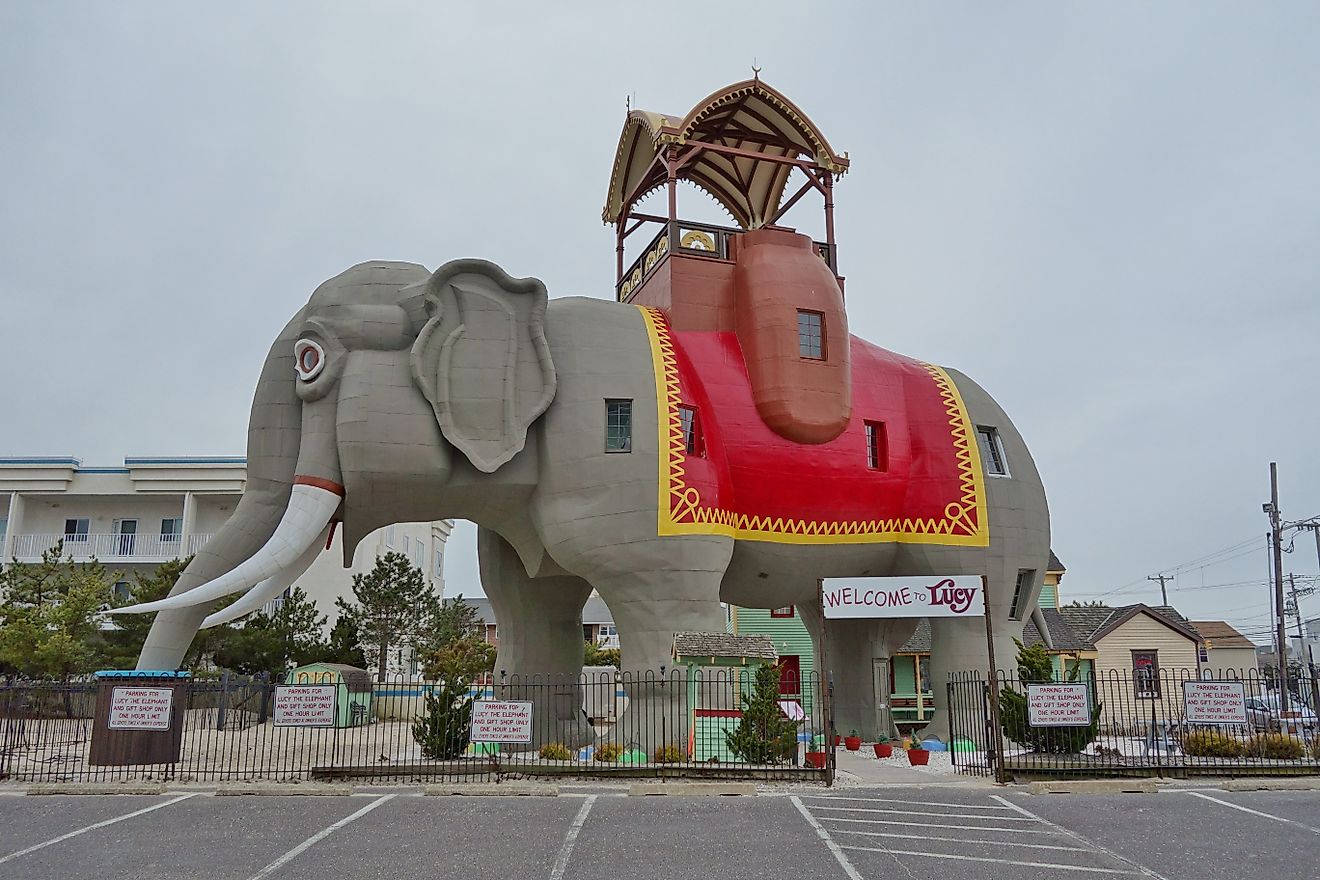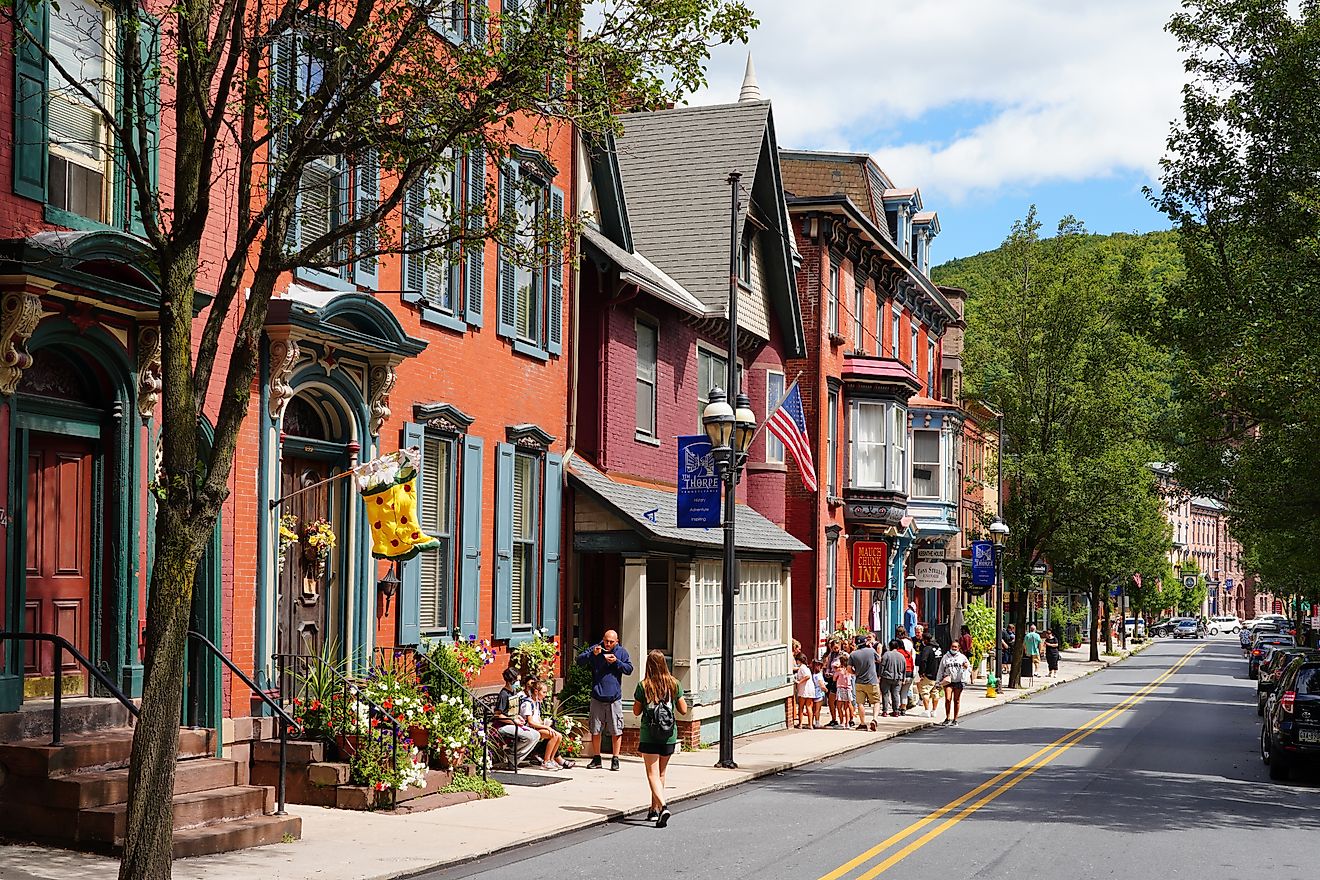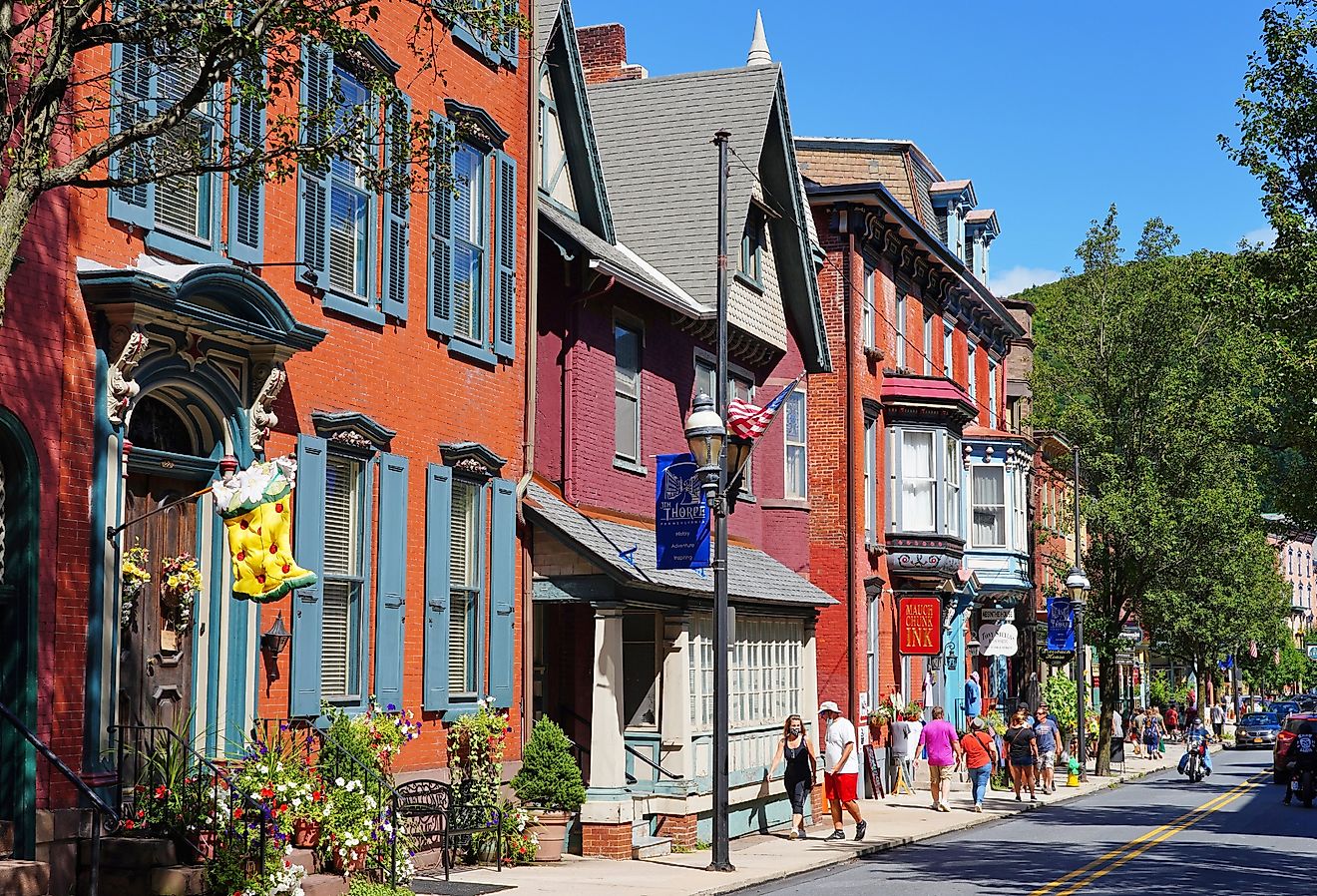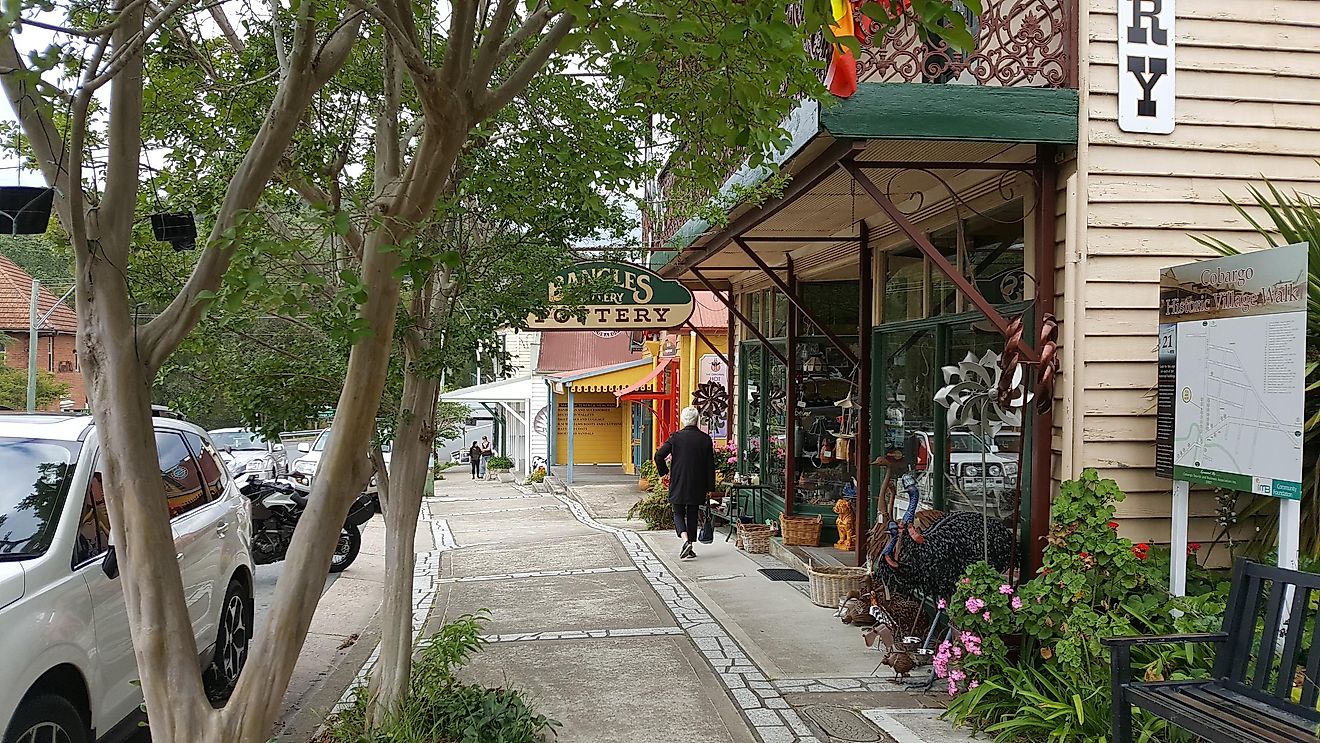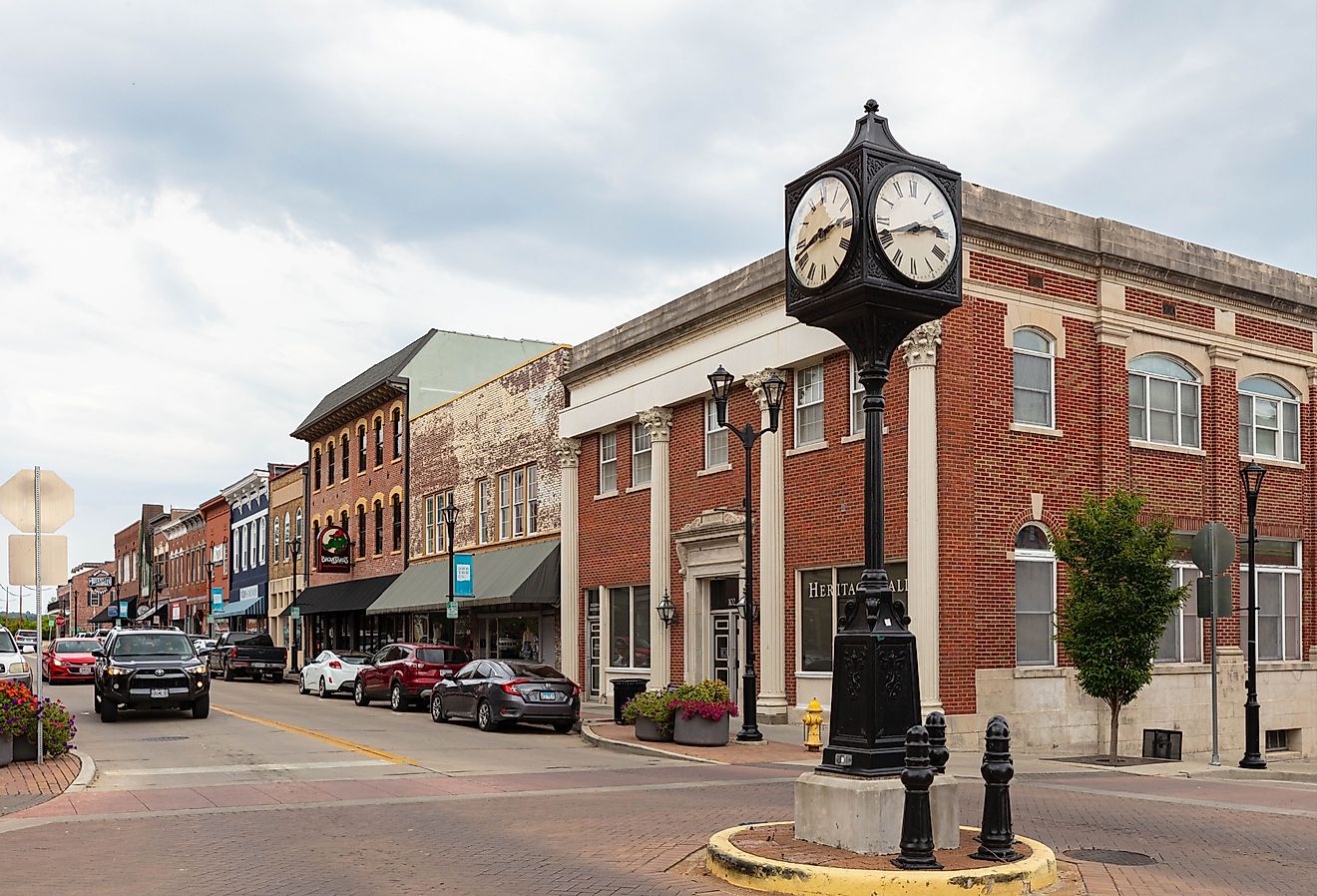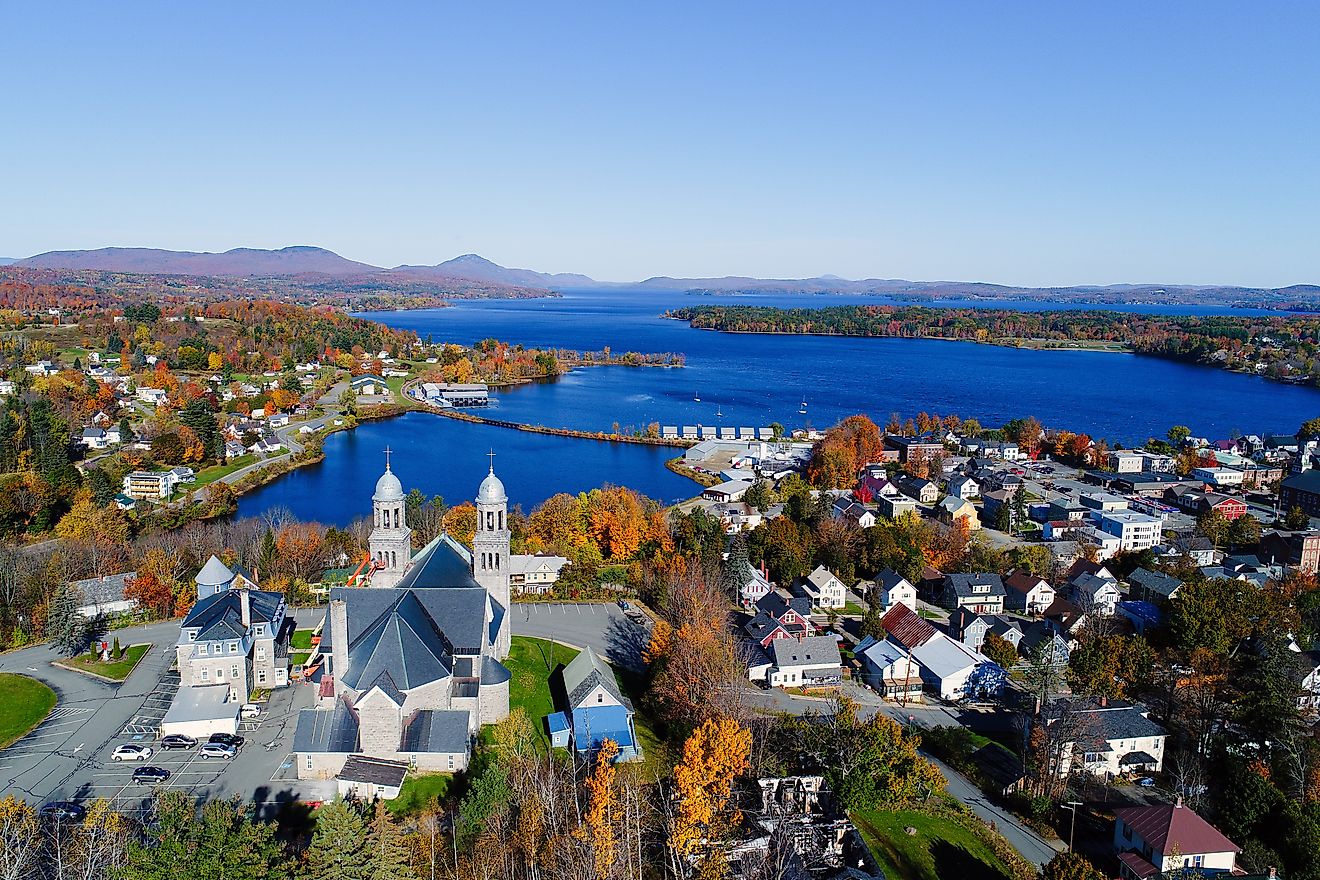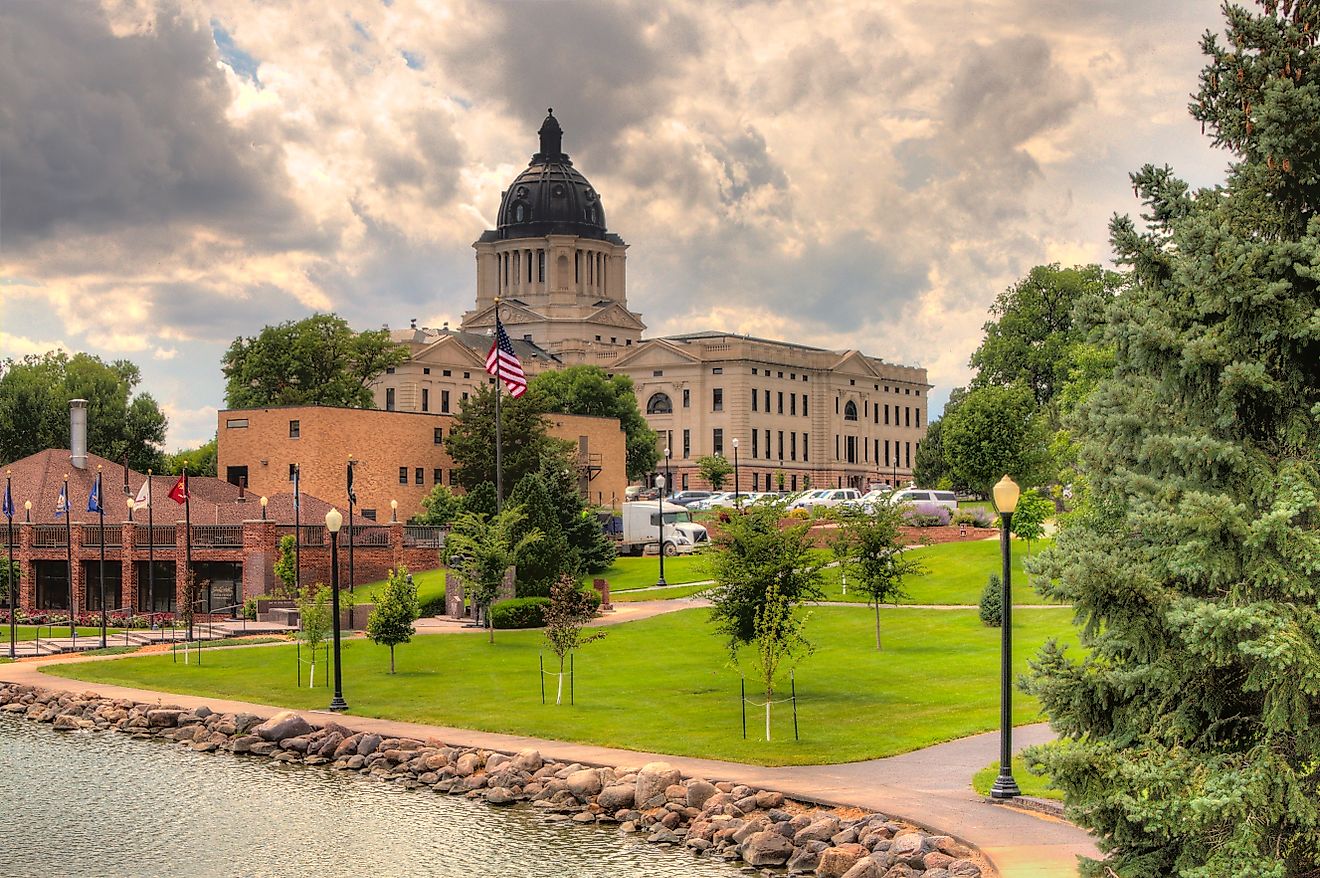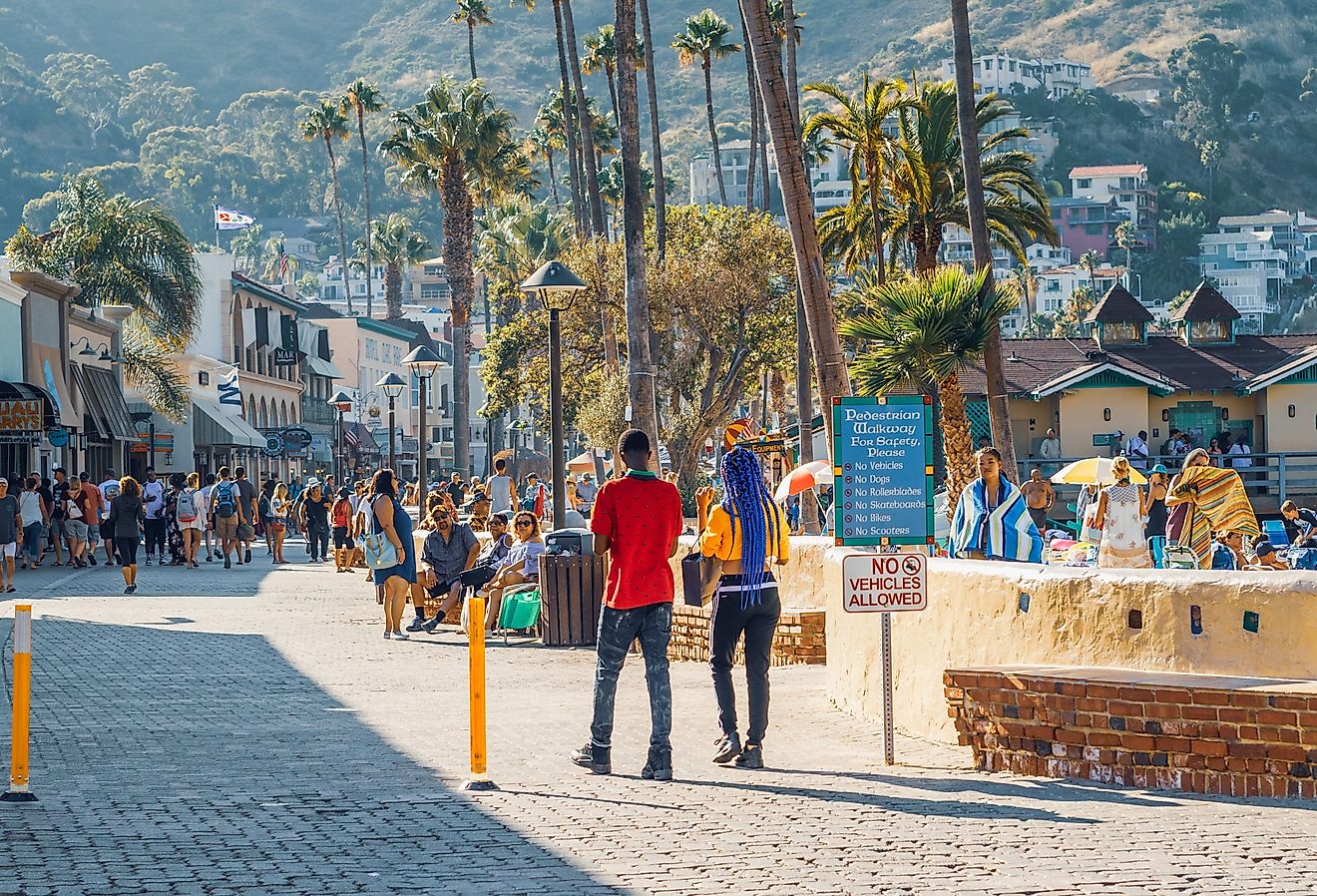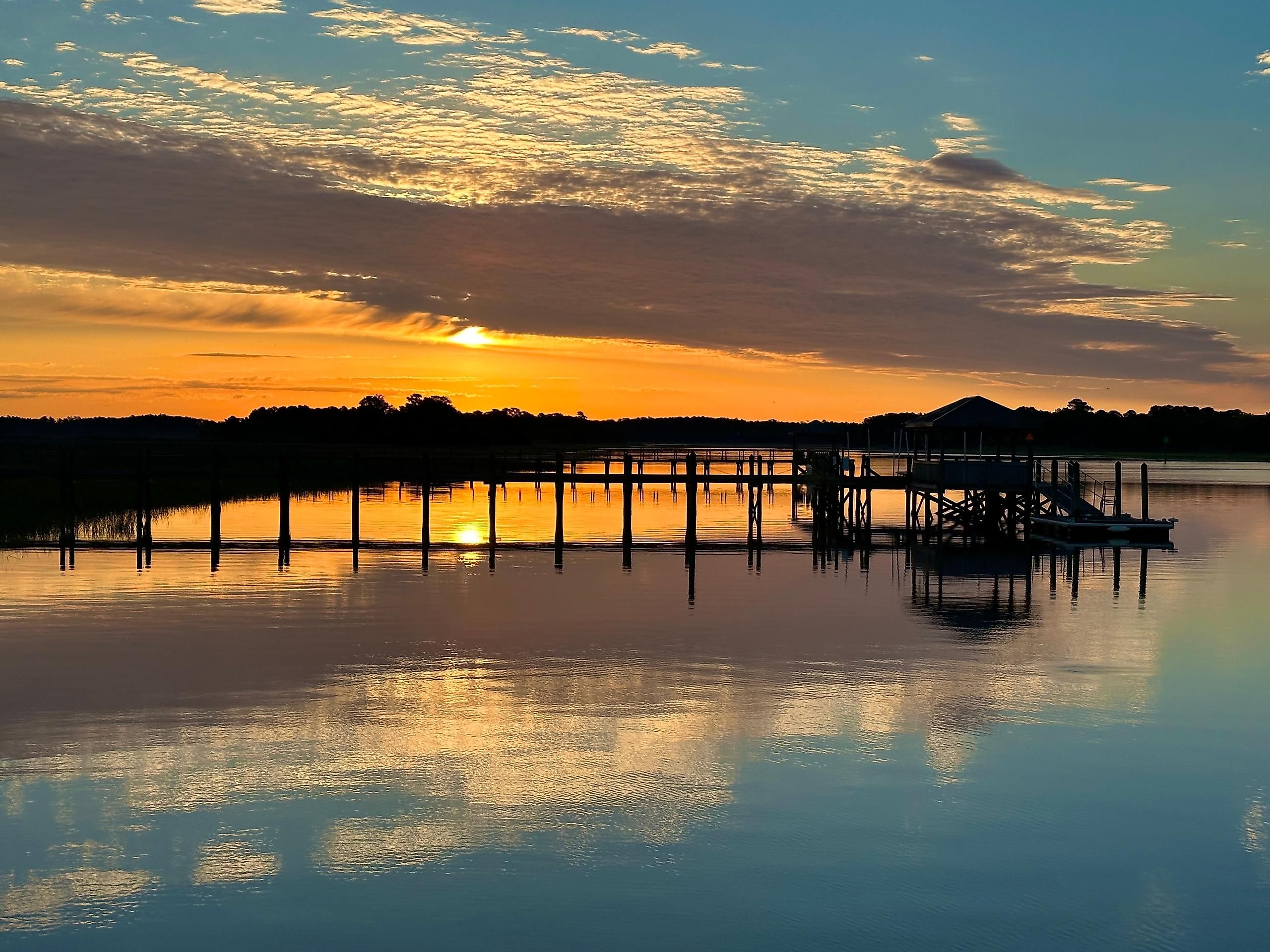
9 Off-The-Grid Southern United States Towns To Visit In 2025
The South is well known for a lot of things, with a wide range of big cities and distinctive cultures to match. It is also one of the most visually diverse corners of the United States, with landscapes that include coastal swamps, many of the tallest mountains in the east, seemingly endless forests, rivers, and more. Dotted through these diverse lands are some of the country's most remote and overlooked towns, too. The spotlight is on nine off-the-grid Southern towns to visit in 2025, where visitors can escape the crowds of other, more renowned travel destinations in the region.
Shady Valley, Tennessee

Shady Valley rests in a high mountain valley between Holston Mountain and Iron Mountain in northeastern Tennessee. In fact, it is the second-highest town in the state, at an elevation of 2,785 feet.
The town is surrounded by lush forests and is crossed by some of the least developed stretches of US. Route 421, including a section known to motorcyclists as “The Snake” for its 489 curves. The valley is also notable for being one of the few remaining habitats for natural cranberry bogs in the United States.
Hiking in the area includes the Iron Mountain section of the Appalachian Trail and several lesser-used forest roads and logging paths. Primitive camping is also available on the abundant public land around town, and hunting leases are common in the area as well.
There are few amenities in Shady Valley, with only the Shady Valley Country Store anchoring its main intersection. To be fair, this cozy, old-timey general store is quite the spot to take a break at, with groceries, hot food, gas, a gift shop, and indoor/outdoor seating available in a charming small-town setting.
Terlingua, Texas
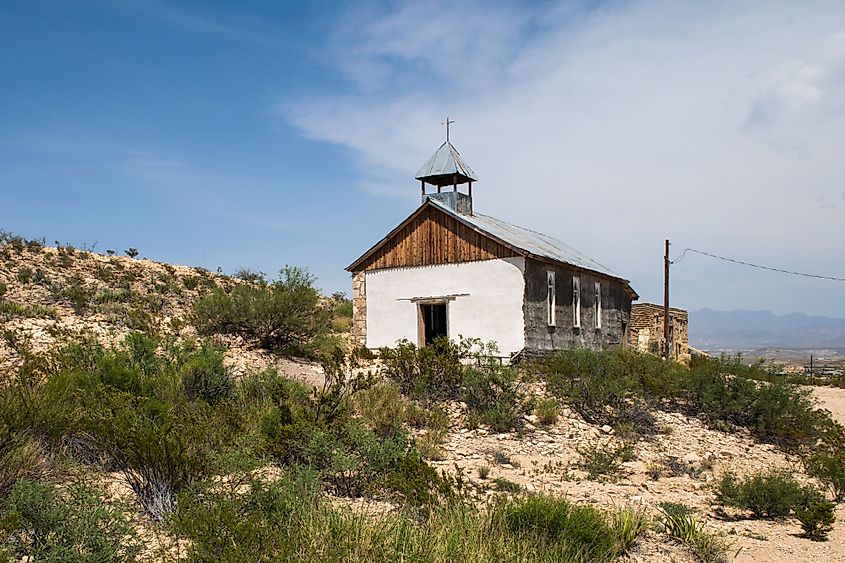
Conveniently located near the Rio Grande and Big Bend National Park, Terlingua is truly an off-the-grid town in one of Texas's most remote and inhospitable corners. Originally a mercury mining town, many of its now-abandoned buildings and its far-out desert setting give it a remote character that hasn’t been commercialized much at all.
There is a decent number of accommodations here, including backcountry campsites, hotels like the Willow House or Nuevo Terlingua, and even some refurbished ruins turned rental homes. You can even grab a bite and a room for the night at the same place at the Ghost Town Hotel & High Sierra Bar & Grill downtown. One other famous local joint for food is the Starlight Theatre. Originally a theater, it now serves as one of the few other eateries in Terlingua, doubling as a venue for live music too.
The surrounding landscape is rugged and vast, and what brings most to this place, offering dark skies, miles upon miles of hiking around Big Bend, and river access along the US-Mexico border, the latter being a popular route for rafting on the Rio Grande.
Chokoloskee, Florida
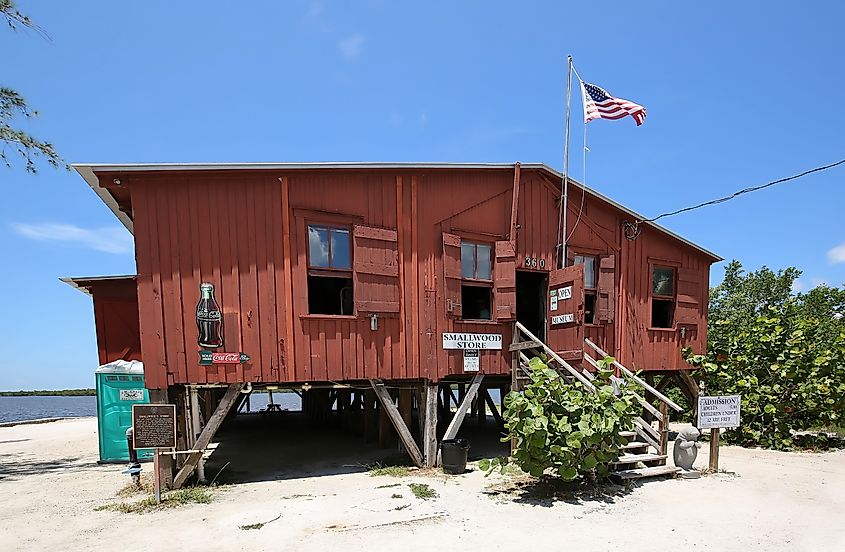
Chokoloskee sits at the end of the road in southwest Florida, accessible only by a single causeway over a huge swathe of coastal mangrove swamps. It functions more like an outpost than a town, drawing in crowds of RV campers to this seemingly random blip of civilization in the middle of the water.
Located near the edge of the Ten Thousand Islands region and bordering Everglades National Park, the town surprisingly has electricity and water available, but infrastructure is fragile due to frequent storms and flooding. As you could imagine, the economy here revolves around water-based activities, like small-scale fishing, airboat tours, and seasonal tourism, with many traveling in and out on personal boats.
The Ted Smallwood Store, a former trading post turned museum, is one of the only significant historic sites on the island, with other notable attractions including Chokoloskee RV Park, Captain Corey Mac Charters, and a number of boat ramps and marinas, namely the Fishing Hole Boat Ramp right beside where the causeway meets the northern tip of the island. Other than that, it is simply a nice place to enjoy Florida's Gulf Coast delights in an uncrowded atmosphere, whether paddling around, birdwatching by the shore, or lounging on a local beach.
Mortimer, North Carolina
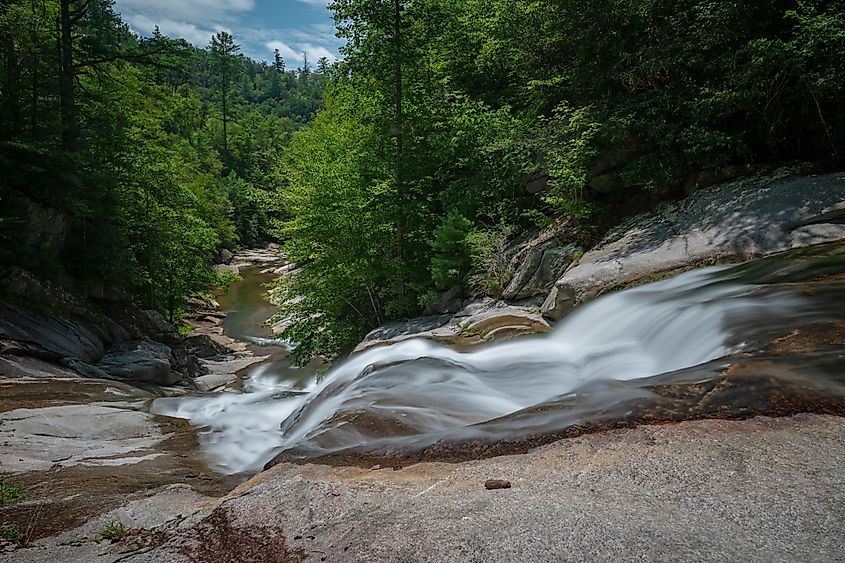
Not a town in the conventional sense, but you are probably not reading this to learn about busy, well-treaded metro areas anyway. Mortimer is a ghost town deep within the Wilson Creek watershed in the Blue Ridge Mountains. Once a community that survived on logging and textile manufacturing, it was abandoned after repeated floods, with a final big one in 1940, causing the town to be officially abandoned.
What remains today is a scattering of foundations, a handful of campgrounds, and miles of rough gravel roads threading through Pisgah National Forest. The area now mainly draws backpackers and off-road drivers seeking real isolation.
Trailheads like Harper Creek and Raider Camp lead to remote waterfalls and backcountry campsites. Good fishing holes are also available in Wilson Creek, a federally designated Wild and Scenic River that flows along Brown Mountain Beach Road, the area's main thoroughfare. There's also Gragg Prong falls, which many visitors love to explore.
Fayette, Mississippi

Fayette lies between the Homochitto National Forest and the Mississippi River, far from any interstates or major cities. Most travelers pass it by without knowing it’s there, but those who do stop are usually headed into the local forests, which house a huge network of unpaved roads, primitive campsites, and hunting zones with minimal signage or oversight.
The Homochitto River, accessible via forest service routes, is actually a fairly popular place for kayaking and fishing, though there aren't many outfitters nearby, so remember to bring your own gear. A little further north of the park/river, and closer to Fayette, unmarked roads lead into logging territory and other low-traffic recreation areas like Clear Springs Lake.
On the other hand, Fayette’s downtown can be described as sleepy, with only a handful of open storefronts and a courthouse square. A less than half-hour drive from town near the banks of the Mississippi River, however, will take you to one of the state's most interesting historic landmarks. What almost looks like the ruins of an ancient Greek temple, the Windsor Ruins are actually the remnants of a plantation mansion that burned down in 1890, which are now open for the public to view.
Ducktown, Tennessee
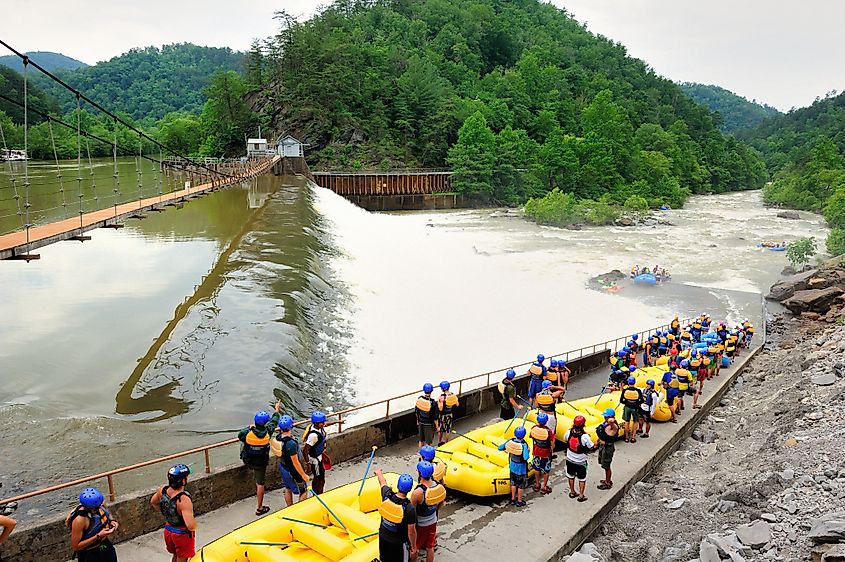
Ducktown can be found in the far southeastern corner of Tennessee, less than 5 miles from both Georgia and North Carolina. Once the center of a massive copper mining operation, the area was deforested and largely abandoned by the mid-20th century. Today, it remains geographically isolated in the aptly named Copper Basin, surrounded by scenic mountains and state/national forestlands.
Most visitors come to access the Ocoee River, one of the top whitewater destinations in the eastern US, known for its Olympic-grade rapids. Moreover, the nearby Cherokee National Forest is a pleasant place for hiking, dispersed camping, and off-roading with its network of ATV trails.
The Ducktown Basin Museum is also very much worth a visit if you enjoy history, housed in the old mining company headquarters that now documents the environmental collapse and slow recovery of the land. Otherwise, few services, limited connectivity, and direct access to raw Appalachian terrain, Ducktown is an amazing destination if you are aiming to get off the grid as much as possible without the need for all sorts of modern comforts.
McClellanville, South Carolina
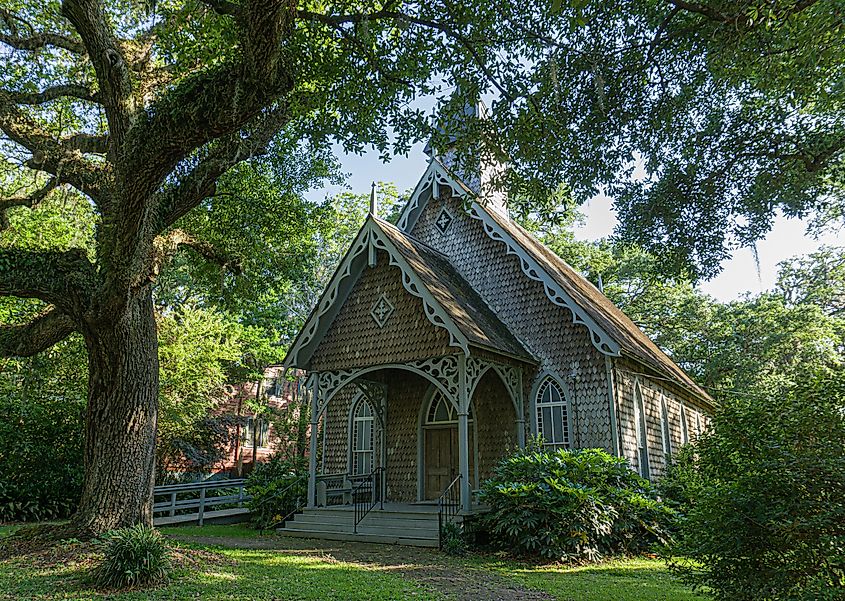
McClellanville is a working fishing village right on the Atlantic coast, bordered by the Cape Romain National Wildlife Refuge and, further inland, Francis Marion National Forest.
Oyster boats and shrimp trawlers dock along the waterfront, and the small but tasty selection of restaurants often serve what’s caught that day. T W Graham & Co is a local favorite that people travel from all across the state to dine on its southern-style seafood in a comforting, small-town atmosphere.
From the public boat ramp, paddlers can reach undeveloped barrier islands, Bulls Bay, and the refuge’s remote beaches. Furthermore, the forests to the north and west hold nearly 260,000 acres of trail networks, campsites, and backcountry dirt roads. Learn more about the nationally protected lands here at the Sewee Visitor Center nearby, which houses a large interpretive center and offers a variety of educational programs for all.
If you're sticking around in town, though, you still have the chance to check out the local Village Museum, a location that focuses more on McClellanville's longstanding connection to the sea. Another worthwhile historic landmark to see here is the Old Bethel AME Church, a bit of a spooky yet gorgeous in its own old school way, church that is now shuttered and only a short walk from the museum.
Suches, Georgia

Suches is inside the Chattahoochee National Forest, close to the much more trafficked towns of Dahlonega and Blairsville, but avoiding the same tourism footprint almost entirely. The area generally sees hunters, backpackers, and cyclists passing through instead of travelers intending on staying for a day or two.
Encompassed by national forest land and with immediate access to the Appalachian Trail, Duncan Ridge Trail, and Cooper Creek Scenic Area, Suches should make your radar if you love the great outdoors. It doesn't hurt that the region is known as "The Valley Above the Clouds," a title that is beautifully fitting for its scenery.
Campgrounds and remote places for other outdoor recreation also dot the area, much of which requires high-clearance vehicles to get to during wet seasons. With this in mind, you can hike out or drive out to a few notable natural landmarks close by, like Water's Creek Falls or the Chestatee Overlook for a wide-ranging view over the mountainous landscape.
Mentone, Alabama
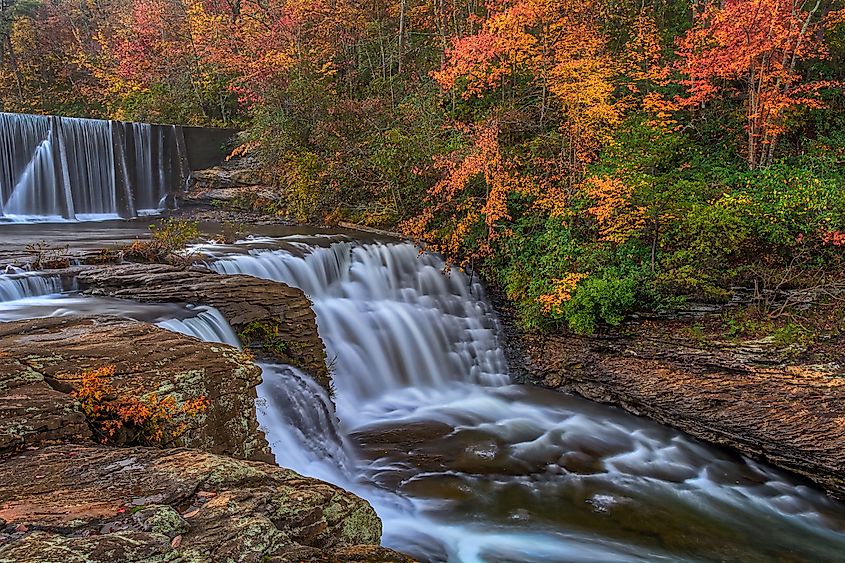
Mentone is located atop Lookout Mountain near the Georgia border and is hugged by a variety of incredible natural scenery, from forested ridges to waterfalls and narrow mountain roads. Much of the surrounding area is state-protected land, including DeSoto State Park and Little River Canyon National Preserve (home of Little River Falls), both offering ways for you to get into a plethora of backcountry trails, rugged backcountry campsites, and scenic viewpoints.
The A. A. Miller Dam is perhaps the most iconic landmark near Mentone, with the adjacent DeSoto Falls Picnic Area making it a perfect place to bring the family on a nice day. Fast flowing water below and a calm lake sitting above the falls, this small park area is also a definite local favorite for landscape photographers and paddlers alike.
Escape the Cities in These Hidden Towns
Each place listed isn’t just quiet or remote; they fly under the tourist radar for the most part. Whether through physical isolation, lack of infrastructure, or intentional resistance to development, these communities function outside the grid in both literal and cultural ways. From the plains of Texas to the Carolina coast, these spots aren’t necessarily designed for vacationers, and that’s the point!
For any travelers out there seeking a true escape, without cell towers, schedules, or large-scale commercial distractions, definitely consider the above-mentioned suggestions, or at least consider something similar that is more local to you.

